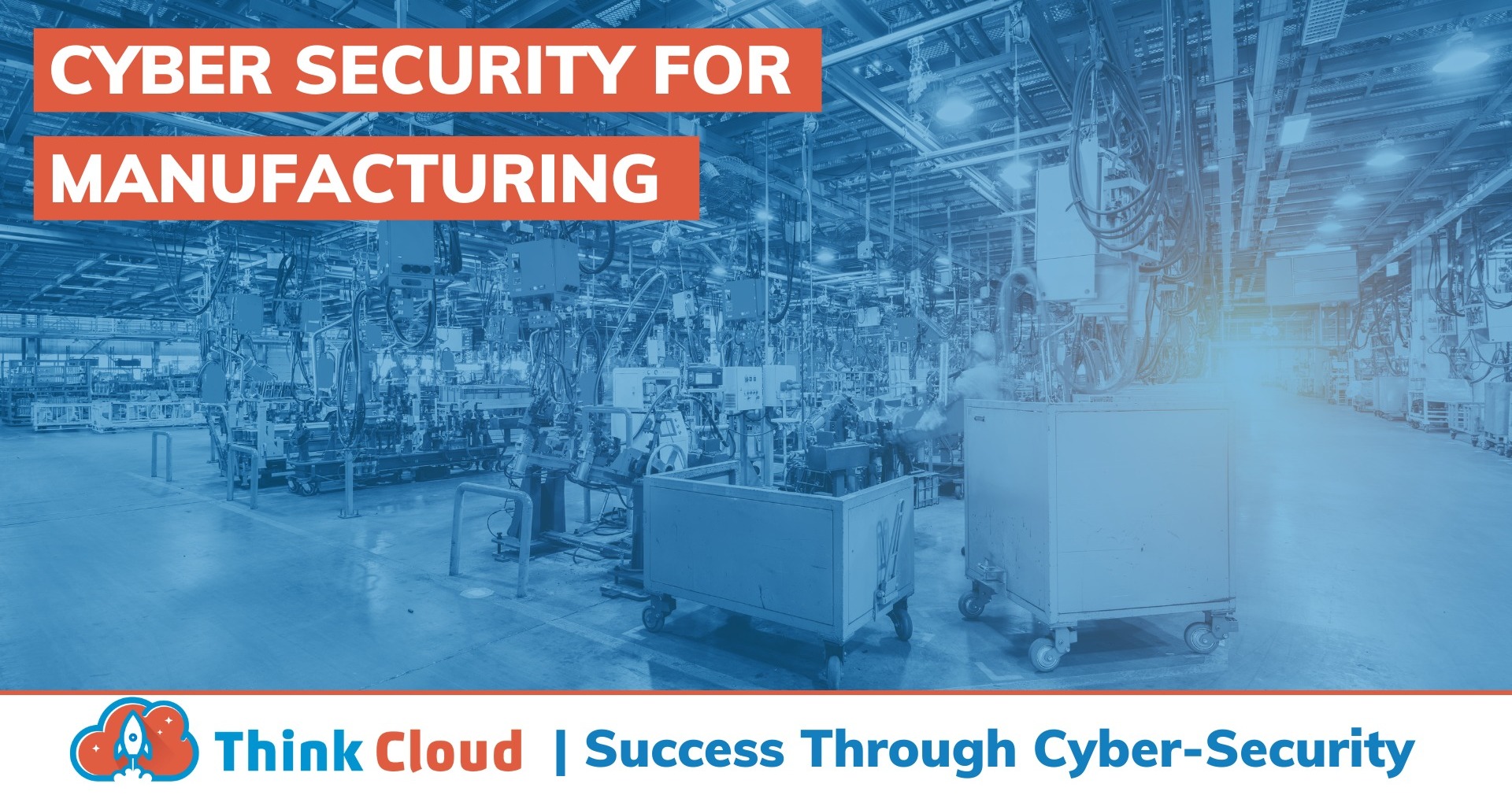Cyber Security For Manufacturing | Think Cloud
Cyber Security For Manufacturing
It is no secret that cybercrime is on the rise. In 2021, ransomware and vulnerability exploits wrecked businesses worldwide and exacerbated the global ransomware epidemic to an all-time high. However, what may be surprising is that the manufacturing industry has become one of the most frequent targets for cybercrime and ransomware attacks!
Contents Quick Links:
Cyber Attacks are a new Threat to Manufacturing Companies
Cybercrime is a growing threat to manufacturing companies. Ransomware, in particular, can be devastating for businesses that rely on complex manufacturing processes. If cybercriminals are able to gain access to a company's systems, they can lock up critical data and demand a ransom for its release.
Ransomware and cybercrime are serious threats to any business, but manufacturing companies are especially vulnerable. That's because manufacturing companies often have large amounts of sensitive data that cybercriminals can exploit, and they also rely heavily on computerised systems that can be crippled by ransomware attacks.
In this article, we discuss the dangers that manufacturing companies face from ransomware and cybercrime and how manufacturing businesses can protect themselves from cyber threats..
Ransomware Attacks
Manufacturing is a critical sector of the economy, responsible for producing the goods and services that we rely on in our daily lives. Unfortunately, this also makes it a prime target for cybercriminals to exploit vulnerabilities to damage global supply chains. We have seen increased ransomware attacks against manufacturing companies in the past year.
The X-Force Threat Intelligence Index 2022, released by IBM Security, reveals how ransomware and vulnerability exploits harmed companies in 2021. For the first time in five years, manufacturing was the number 1 targeted industry replacing other sectors such as financial and insurance services and representing 23.3% of attacks adding further worldwide supply chain strain.
61% of attacks on operational technology connected organisations were in the manufacturing industry, with 36% of attacks being ransomware. Ransomware was the number one attack type observed by X-Force, with 21% share of attacks. Phishing attacks also emerged as the top pathway to compromise, with 41% of incidents using this technique to gain initial access. There was also a 33% increase in attacks caused by unpatched software and vulnerability exploitation.
The typical targeted phishing campaign had a 17.8% click rate. Still, targeted phishing campaigns that included phone calls (vishing or voice phishing) were three times more successful, obtaining a click from just over half of the recipients. - Learn How Cybercriminals Used AI To Mimic CEO's Voice To Steal £220,000!
As a result, businesses are experiencing more ransomware attacks and data breaches that damage their operations and cost them loss of downtime cancelled orders, expensive cyber security remediation and data recovery fees.
2022 Threat Intelligence Trends
Each year, IBM Security X-Force cyber security experts and remediators use billions of data points ranging from network and endpoint detection devices, incident response engagements, phishing kit tracking, and more to expose today’s most urgent security statistics and trends.
They observe and analyse data to produce the X-Force Threat Intelligence Index 2022 to see new trends and attack patterns for the year ahead.
Highlights from the report include:
Ransomware was again the top attack type in 2021
The top initial attack vector in manufacturing was supply chain vulnerability exploitation, an industry grappling with the effects of supply chain pressures and delays.
The top 3 brands used by criminal phishing kits were Microsoft, Apple and Google. These brands were used repeatedly by attackers, likely hoping that their popularity and the trust many consumers place in them would be capitalised upon.
TG17 (MuddyWater), cybercriminal group ITG23 (Trickbot), and Hive0109 (LemonDuck) were among the most active threat groups in 2021, according to X-Force intelligence analysts.
Visit IBM's website and download the full report here:

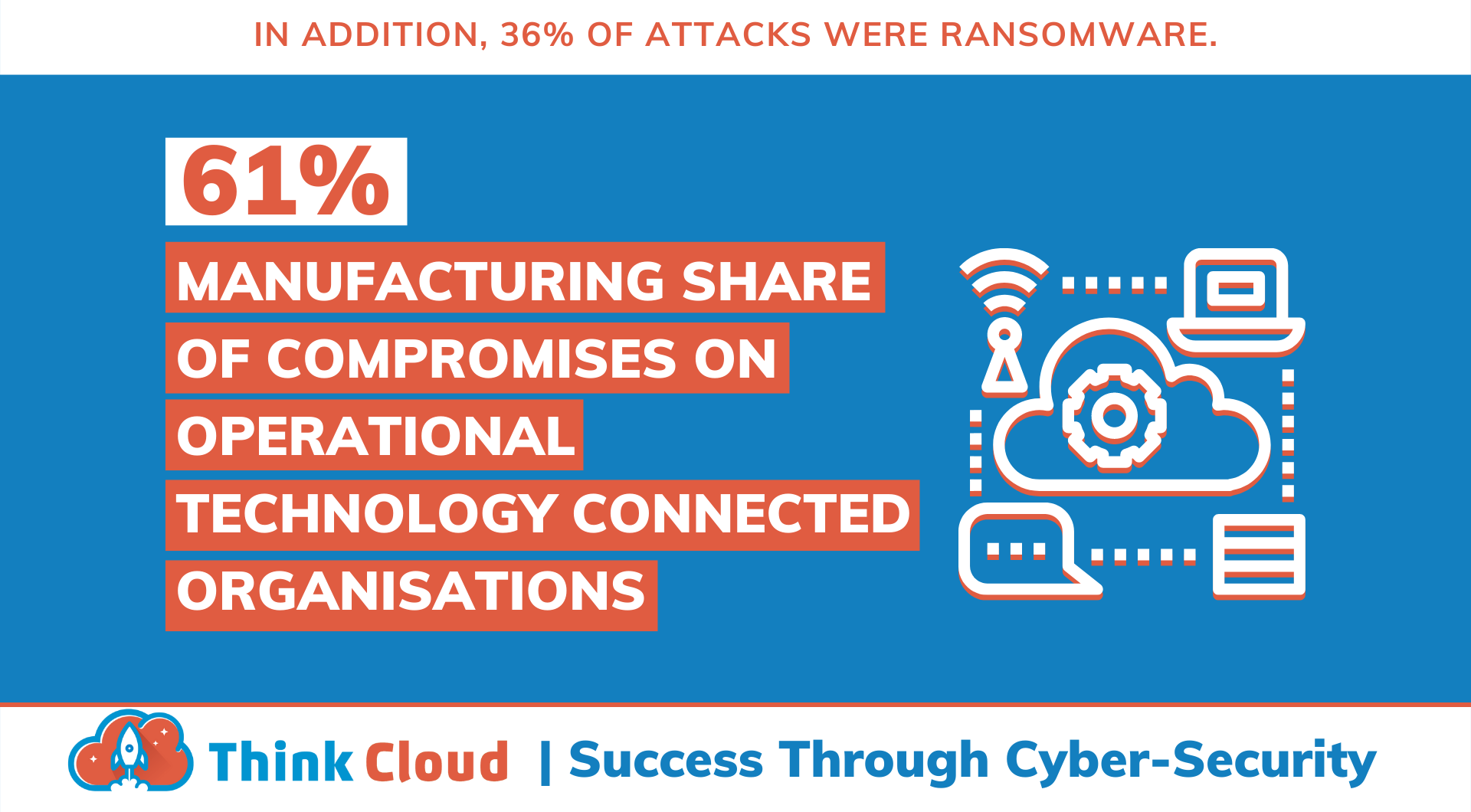
The Rise of Ransomware Gangs
The rise of Ransomware gangsIn 2021, we saw a dramatic increase in ransomware gangs, with more than 50 new gangs emerging. These gangs are becoming more sophisticated and organised, with some even offering customer support and live chat services to help victims pay the ransom.
See a real ransom note email:
According to the 2022 forecast, the typical duration of a ransomware organisation's existence before shutting down or rebranding is 17 months.
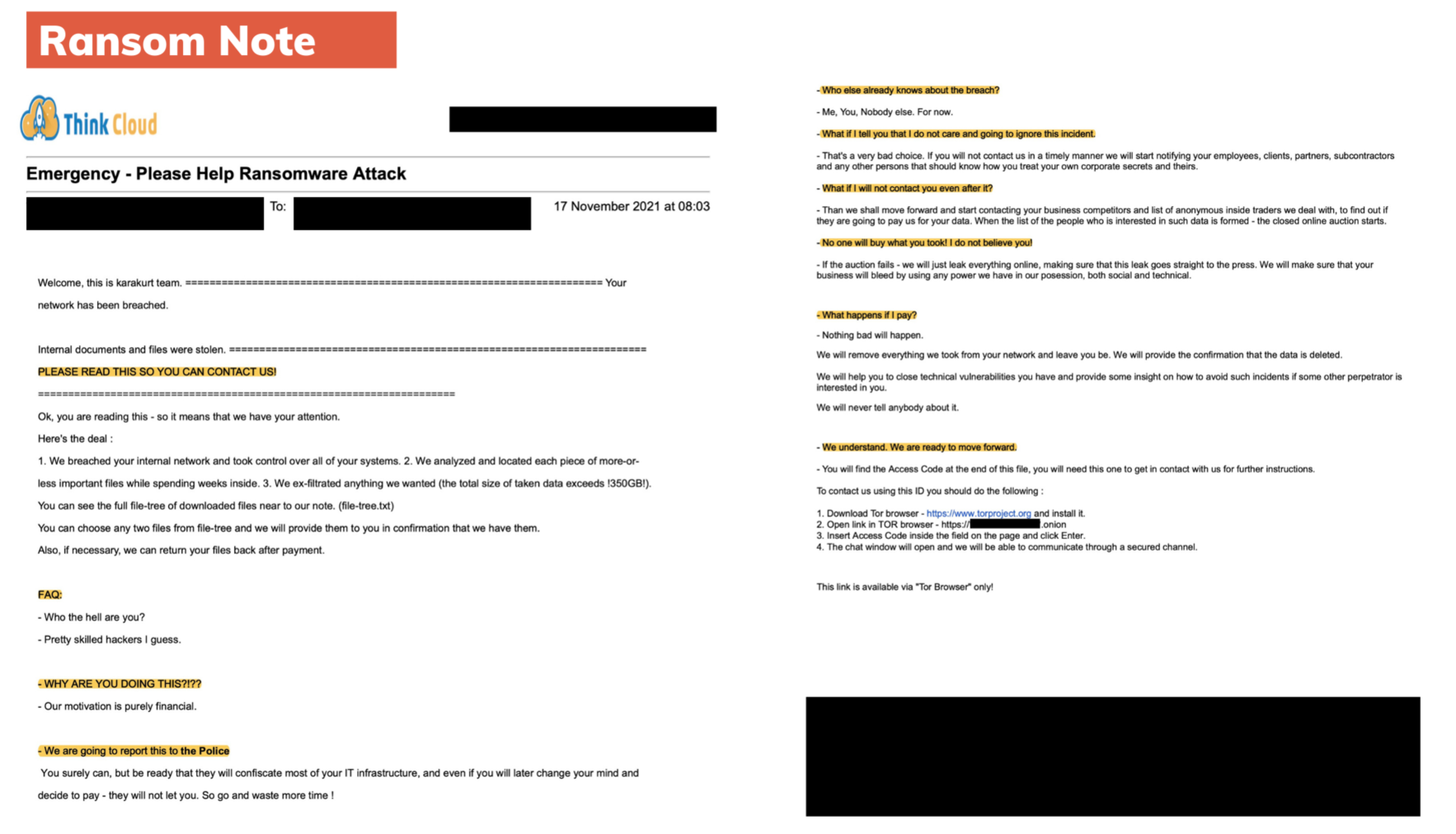

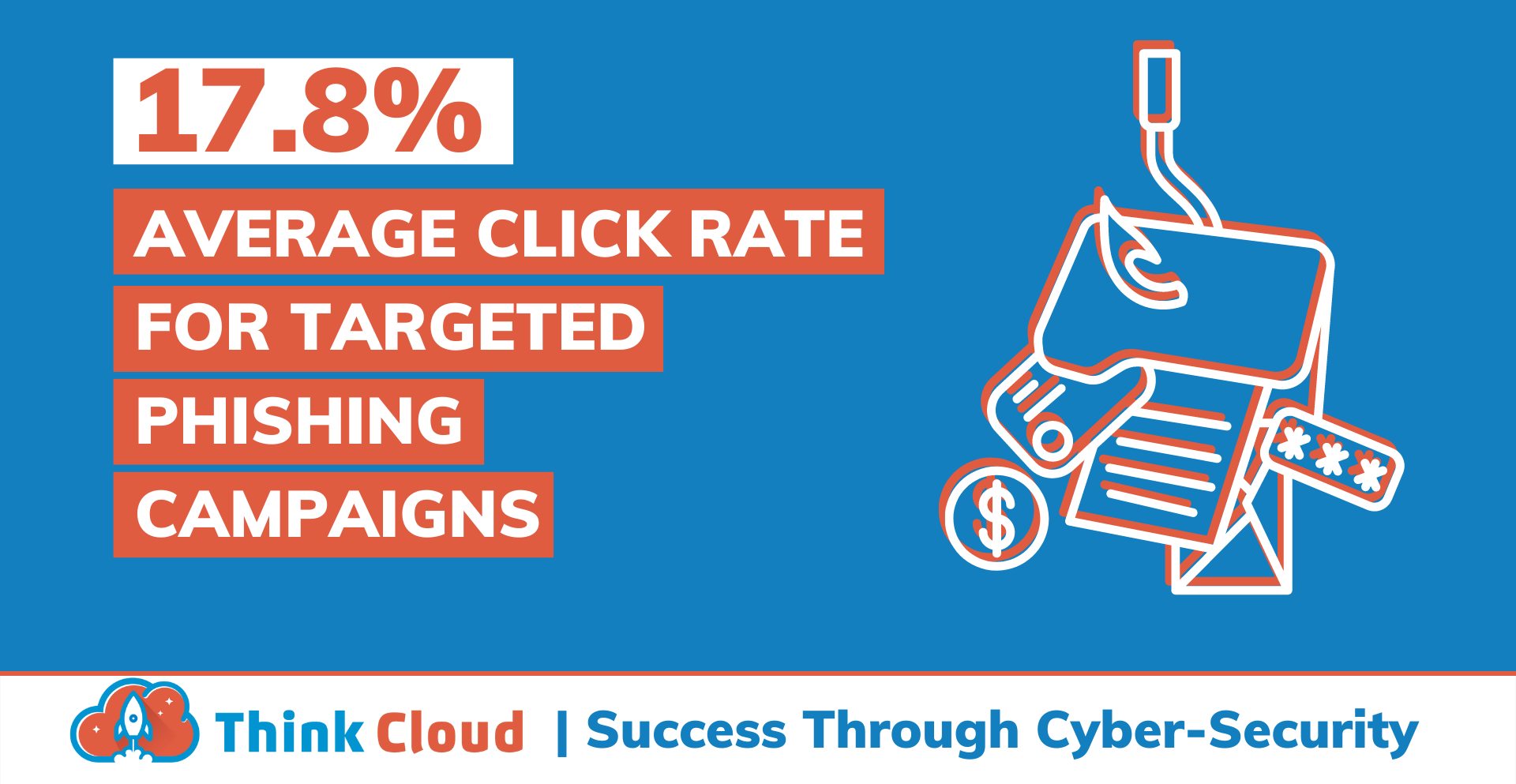
The Growth of Cybercrime-as-a-service
The cybercrime-as-a-service (CaaS) economy is booming, with more and more criminals offering their services online. In 2021, the global CaaS market was worth an estimated $45 billion, which is expected to grow significantly over the next few years.
As part of our Cyber Risk Assessments, we conduct for our clients we use a targeted piece of ransome-as-a-service to replicate just what would happen if you were targeted by a cyber attack.


The Increasing use of Artificial Intelligence in Attacks
As AI technology becomes more sophisticated, we will see more cybercriminals using AI-powered tools to automate their attacks. For example, AI can generate realistic fake videos and audio used in phishing attacks.
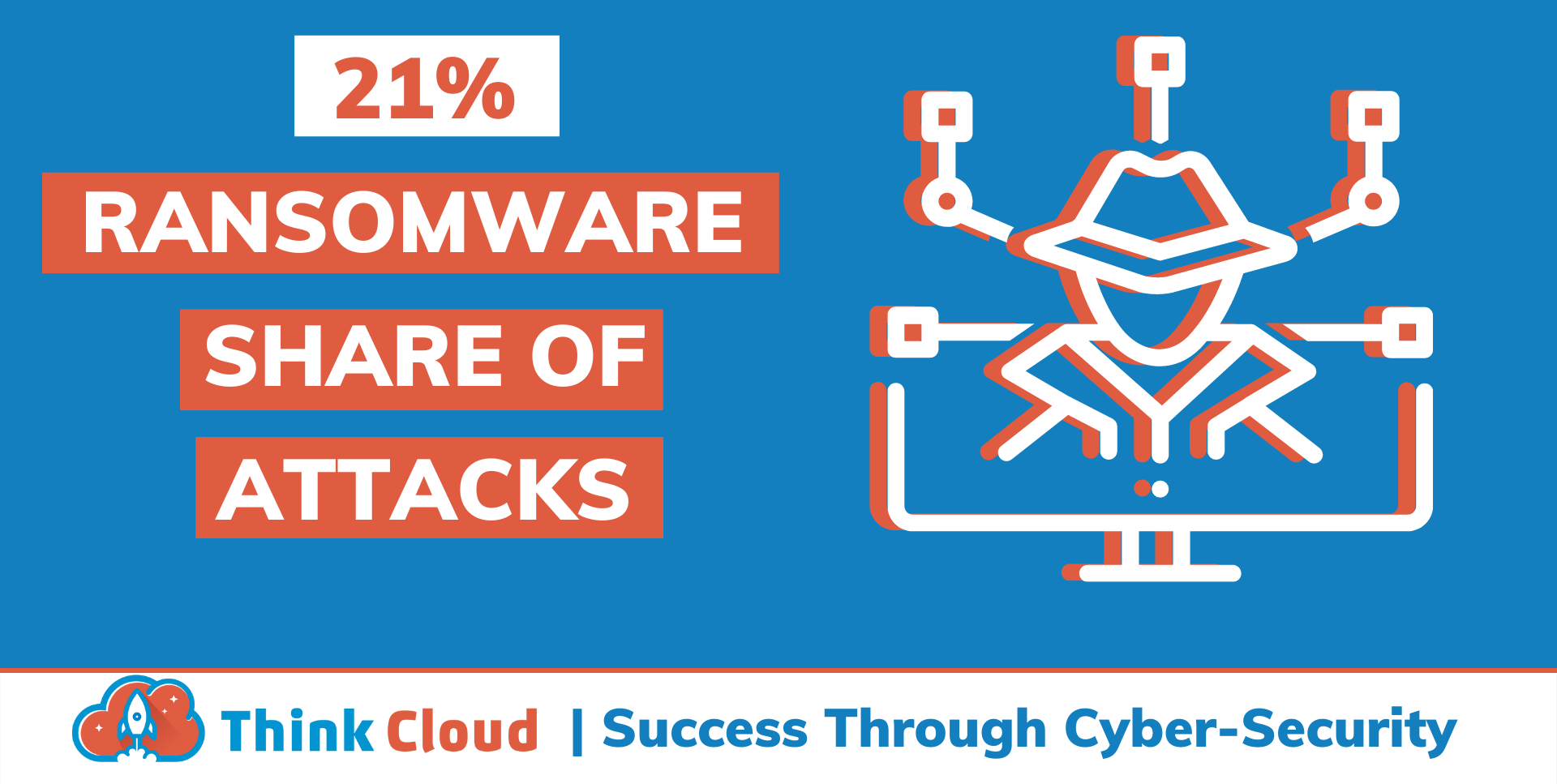
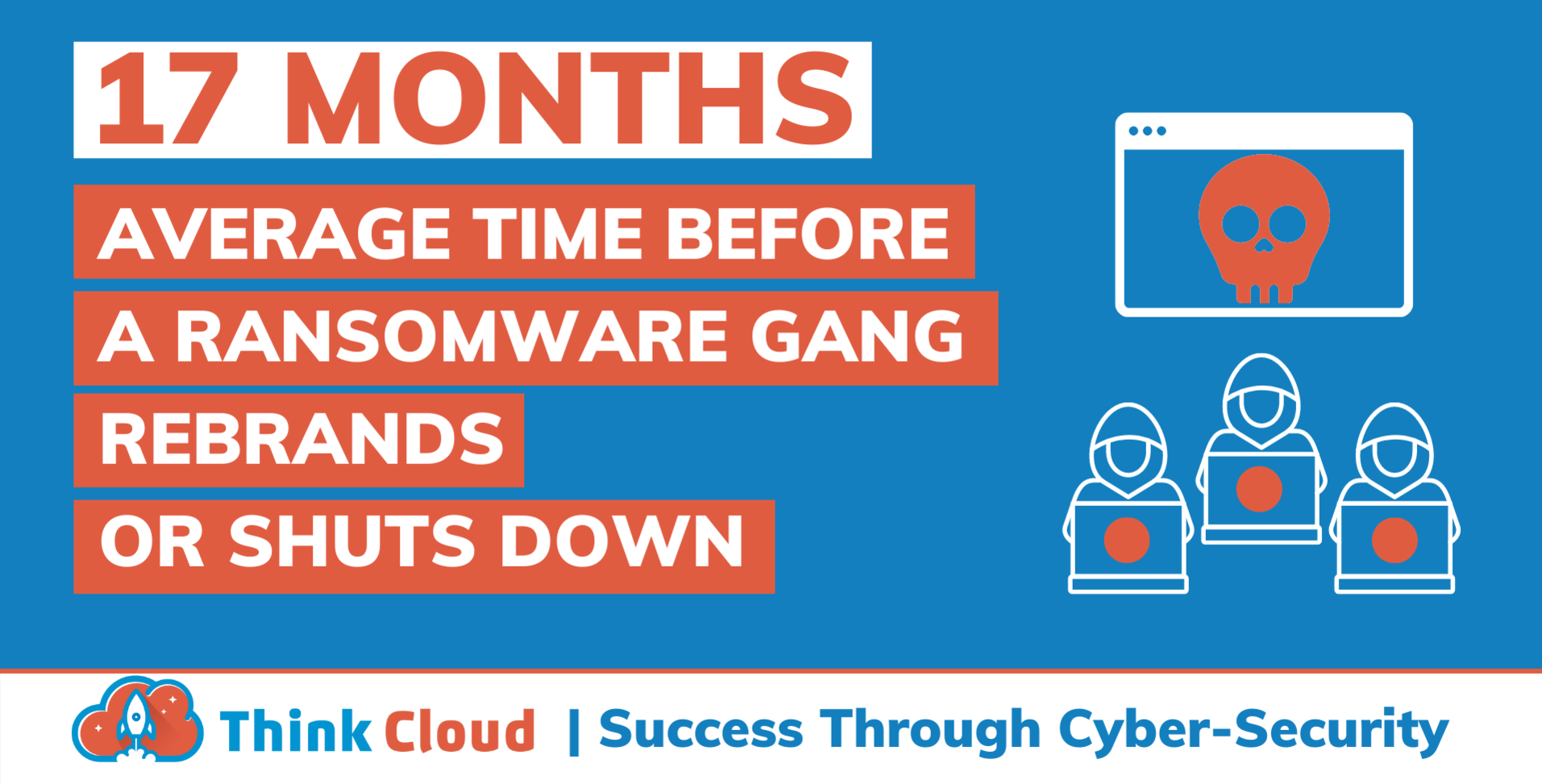
The Rise of Internet Of Things Attacks
With the rapid rise of internet-connected devices, we will likely see a rise in attacks against IoT devices. These devices are often poorly secured and provide an easy way for cybercriminals to access networks and sensitive data.
Since manufacturers have a low tolerance for downtime, ransomware criminals capitalise on operational stressors exacerbated by the pandemic. Head of IBM X-Force Charles Henderson believes cybercriminals are no longer chasing the money, but the leverage advantages that holding companies to ransom can bring. Criminals are capitalising on the substantial impact on businesses of even minor downtime.
To counter this, businesses should adopt a zero-trust strategy, and they should assume that they have been compromised and manage their vulnerabilities accordingly.
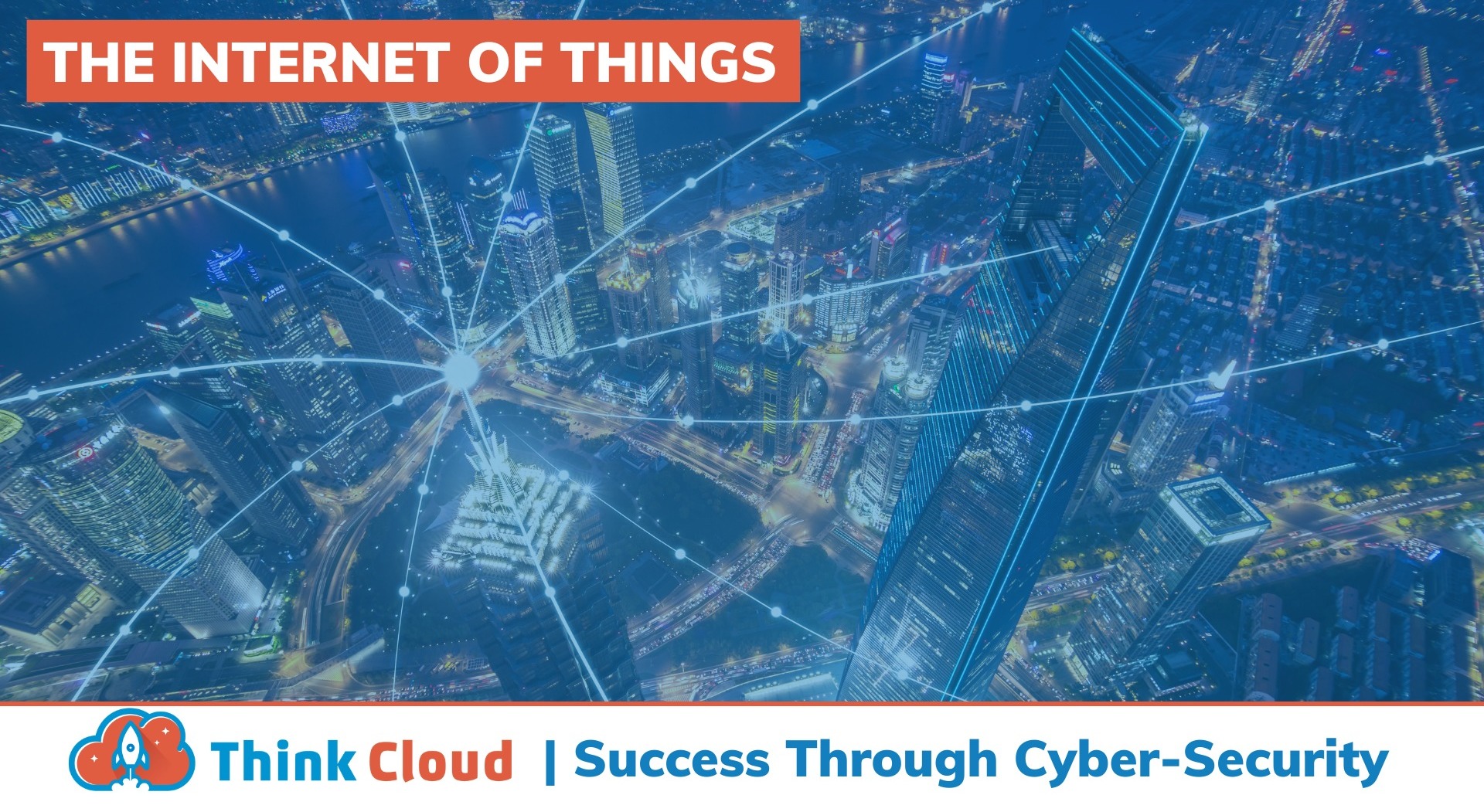
Conclusion
To protect your business from ransomware and cybercrime, be aware of the latest threats and take steps to secure your systems. Some tips include:
Educating your employees about common phishing scams and how to identify them
Implementing a robust security strategy, including firewalls, intrusion detection/prevention systems, and anti-virus software
Restricting access to sensitive data to authorised users only
Regularly updating your software and firmware patches
Backing up your data regularly
Monitoring your network for unusual activity
By following these tips, you can help to protect your business from the latest threats. However, it is essential to remember that cybercriminals constantly evolve and find new ways to attack companies. As such, it is necessary to stay up-to-date.
Think Cloud provide the North of England and Hull with a comprehensive range of IT solutions and services, ranging from Cloud to managed IT. We have all the resources you need to secure your company against cyber crooks and avoid data loss, ransomware infections, and other cyber threats.
Contact us today if you want some expert advice on getting started with preventing or recovering from cyber attacks.
We'd be happy to discuss any concerns you may have with you.
Call 01482 333505 or book your cyber-risk assessment today!
For more helpful resources from Think Cloud visit
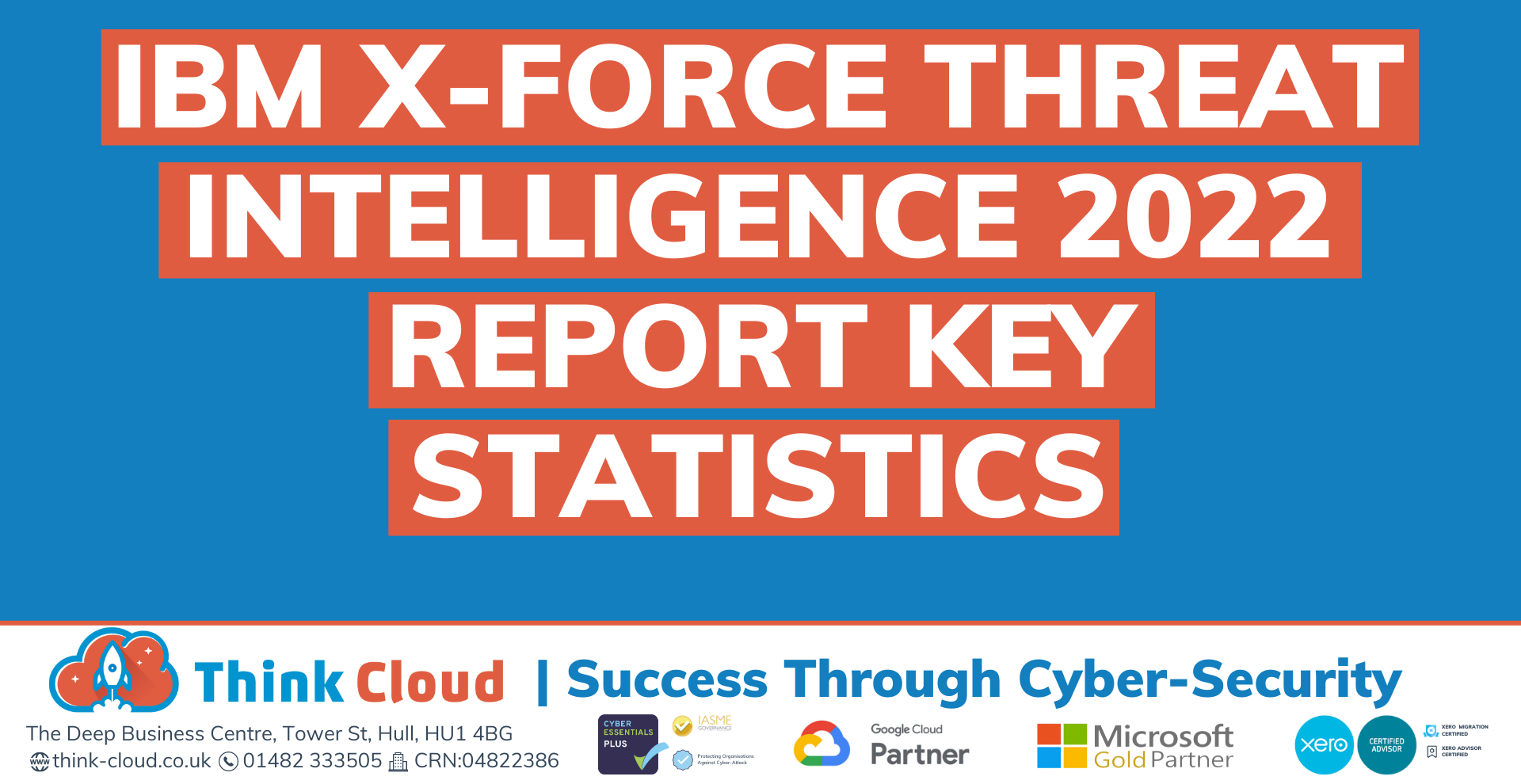
THE NORTH’S PREMIER CYBER SECURITY & MANAGED IT PROVIDER!
At Think Cloud We Help You Work Faster, Work Smarter, and Work Better - Together!
If you like to Think different and want access to more inspirational content, then head over to our 'The Hack Podcast where Leon McQuade, Paul Longely and Dean Bulfield bring a leader’s eye over technology drivers shaping the world and talk about transformation & change focusing on people, processes and technology.
Based in the heart of the digital tech hub in Hull, East Yorkshire, find out how to Think Cloud's award-winning IT Support can empower your business to operate more efficiently.
Award-Winning Cyber-Security & IT Solutions for 10 - 250+ Staff.
Share this post:

